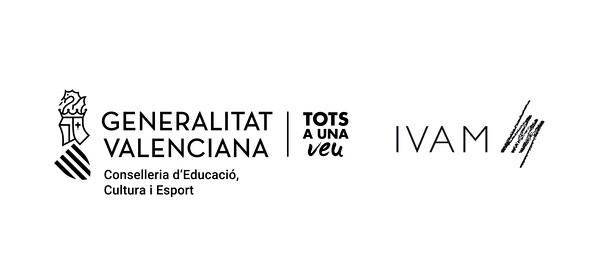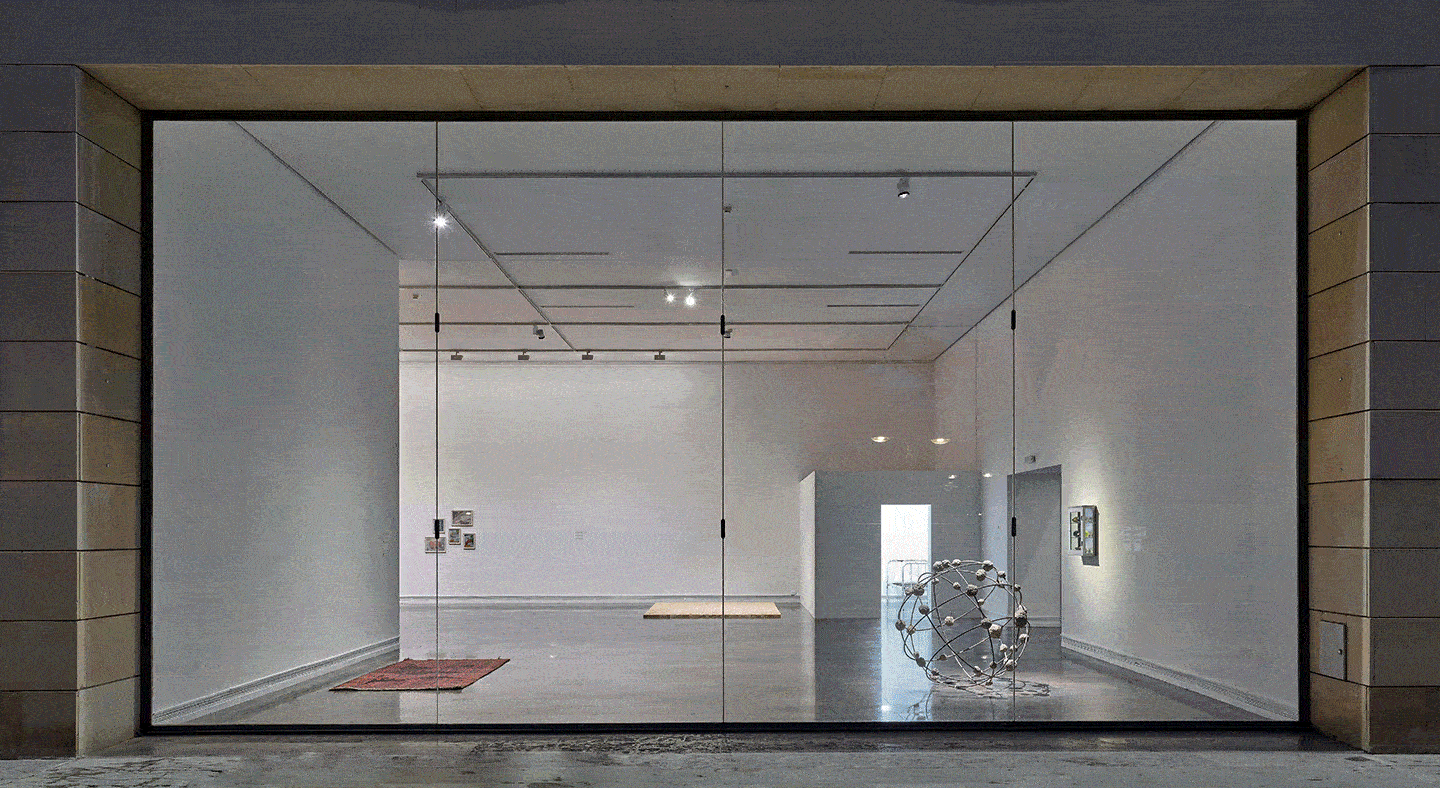Julio González Prize 2020
April 16–September 12, 2021
118, Ciutat Vella
C/ de Guillem de Castro
46003 Valencia
Spain
The current exhibition devoted to Mona Hatoum, a British artist of Palestinian origin runs until September 12, 2021. It gathers together a selection of sculptures, large-scale installations and works on paper created mostly in the last two decades. It is intended to serve as a tribute to an artistic oeuvre of great diversity and significance presenting key works that have become iconic pieces of the contemporary art world.
Hatoum creates formally simple and reductive works that nevertheless impact viewers on an emotional and psychological level. Her work is intentionally layered with paradoxical meaning that produces ambiguity and ambivalence to allow several contradictory readings. She often uses attractive and seductive materials to create alluring objects and installations that, on close inspection, reveal a hidden layer of threat or danger lurking underneath the surface.
On entering the exhibition at IVAM, visitors are confronted with Bunker (2011), an imposing installation consisting of what appears to be models of eight empty and derelict architectural structures. Each building is made up of stacked steel rectangular tube sections that have been subjected to cutting and burning, giving them the appearance of buildings that have been scarred by war. All of the structures in this sombre city scape refer specifically to buildings from Hatoum’s native Beirut. Walking among the steel skeletons of these model buildings, each with its own patina of burnt-out holes, we are reminded of the violent conflict that is etched into both the physical surface and collective psyche of the city.
Furniture and other familiar objects feature prominently in a number of works. When modified or scaled up to surreal proportions, these innocuous objects turn into a reality that reflects a suspicious, insidious and hostile environment. In Quarters (1996), bunk beds are stacked up five levels high and look like institutional structures that are designed to contain and control the population. In Paravent and Daybed (both 2008), vegetable and cheese graters have been scaled up, respectively, to the size of a room divider that cuts aggressively across the space and a bed that offers discomfort and pain. These works appear strange or disorientating and present us with a world characterised by conflict and contradictions. All this is articulated through the formal language of Minimalism, Conceptual Art and a nod to Surrealism.
The exhibition also presents a number of key works devoted to maps, an ongoing theme which has been articulated in Hatoum’s work in very diverse materials since the mid-90s. Included is Present Tense (1996–2011), first created in Jerusalem where the artist used square blocks of local olive oil soap and red glass beads to draw the fragmented map of the Oslo Peace Accord of 1993. Also included is the iconic sculpture Hot Spot (2013), a large cage-like stainless-steel globe with red neon to outline the contours of the world on its surface. The work is mesmerising but also buzzes with an intense and seemingly dangerous energy depicting the whole world as a spot of conflict and unrest. Hatoum has also created Map (clear) 2021, a new version from the series of works which consist of a large expanse of clear glass marbles composed in the shape of a world map that covers the entire floor area of a large room with a shimmering and seductive surface that is nevertheless very unstable and threatening as it destabilises the floor surface and turns it into a treacherous unnavigable space.
The final installation in the exhibition also resonates with contradictions. Impenetrable (2009), a precariously suspended large cube (3 x 3 x 3 meters) hovers above the ground as if levitating. It is a light and airy structure which is made of barbed wire rods invisibly suspended from the ceiling, juxtaposing what appears to be a transparent and delicate structure with heavy associations of restricted movement, borders and war zones.
Mona Hatoum was born into a Palestinian family in Beirut in 1952. While on a short visit to London in 1975 the outbreak of the Lebanese Civil War prevented her from returning home and she has lived in London ever since.
She has held solo exhibitions in numerous museums in Europe, the United States, Canada and Australia. She has also participated in many important exhibitions including the Venice Biennale (1995 and 2005), Documenta, Kassel (2002 and 2017), Biennale of Sydney (2006), Istanbul Biennial (1995 and 2011) and Moscow Biennale of Contemporary Art (2013).
Recent solo exhibitions include a major survey organised by Centre Pompidou, Paris (2015) that toured to Tate Modern, London and KIASMA, Helsinki (2016). Another survey was initiated by the Menil Collection, Houston (2017) and travelled to the Pulitzer Arts Foundation, St Louis (2018).
Hatoum was awarded the Joan Miró Prize (2011), the 10th Hiroshima Art Prize by the city of Hiroshima (2017) and most recently the Praemium Imperiale by the Japan Art Foundation for her lifetime achievements in the category of sculpture (2019). She is the current recipient of the 2020 edition of the Julio González Prize awarded since 2000 by the Institut Valencià d’Art Modern (IVAM) where her monographic exhibition is currently on view until September 12, 2021.

